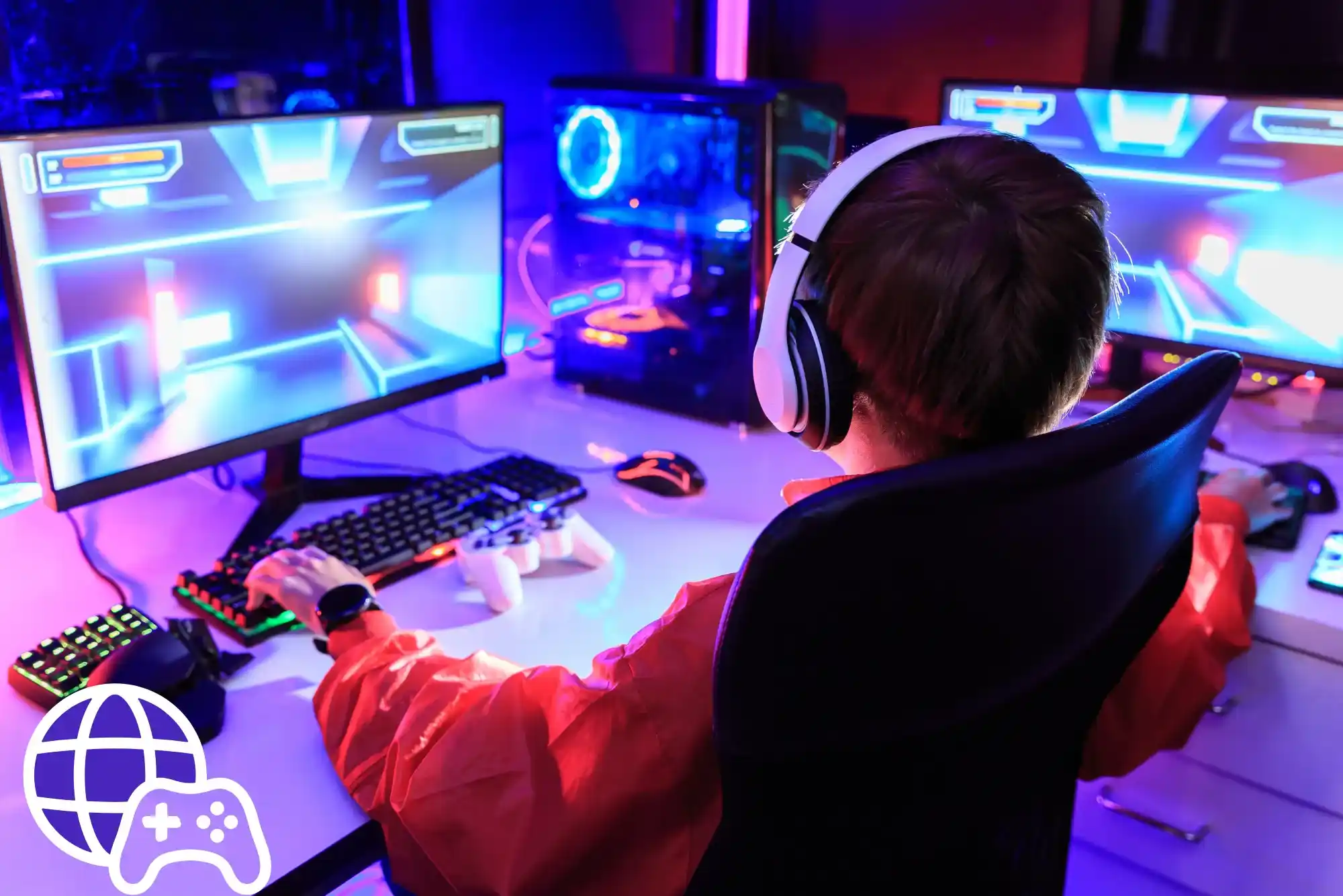Introduction
In today’s digital landscape, a website’s success depends on both user experience (UX) and search engine optimization (SEO). A well-crafted graphic design enhances UX by improving usability, readability, and aesthetics, leading to better engagement and conversion rates. Simultaneously, SEO benefits from structured content, faster loading times, and mobile responsiveness, which search engines favor. This article delves into how graphic design impacts UX and SEO while helping websites rank higher on search engines.
The Role of Graphic Design in Enhancing UX and SEO
Graphic design plays a critical role in optimizing websites for both users and search engines. By strategically incorporating visuals, typography, colors, and layouts, designers can create seamless experiences that drive user engagement and improve organic rankings.
Visual Appeal and User Engagement
A visually appealing website keeps users engaged, reducing bounce rates and increasing dwell time—both essential SEO metrics. Consistent branding, well-placed images, and a balanced color palette contribute to an aesthetically pleasing interface that users enjoy navigating.
Readability and Content Structure
Graphic design influences how content is presented and consumed. Proper spacing, typography, and contrast enhance readability, making information accessible. When users find content easy to read, they stay longer, sending positive signals to search engines.
Website Speed and Performance
Optimized graphic design ensures that images and animations do not slow down a website. Compressing images, using scalable vector graphics (SVGs), and implementing lazy loading help improve site speed—an important ranking factor for Google.
Mobile-Friendliness and Responsive Design
A responsive design adapts seamlessly to various devices, ensuring a consistent experience across desktops, tablets, and smartphones. Google prioritizes mobile-first indexing, meaning a mobile-optimized site ranks higher.
Call-to-Action (CTA) Optimization
Well-designed CTAs enhance user navigation and conversions. Clear, visually striking buttons encourage users to take action, whether it’s signing up for a newsletter, making a purchase, or contacting a graphic design company for services.
How to Improve UX and SEO with Graphic Design (Step-by-Step)
Choose an SEO-Friendly Layout
- Ensure a clean and intuitive design with clear navigation.
- Keep essential elements like CTAs and menus easily accessible.
- Use F-shaped or Z-pattern layouts to match user reading behavior.
Optimize Visual Content
- Use high-quality but compressed images for fast loading times.
- Implement ALT text on images for better SEO and accessibility.
- Incorporate infographics to make complex data easier to digest.
Improve Website Loading Speed
- Use lightweight themes and avoid excessive animations.
- Optimize CSS, JavaScript, and image sizes.
- Enable caching and Content Delivery Networks (CDN) for faster performance.
Implement Responsive Design
- Ensure images and layouts adjust dynamically across screen sizes.
- Test your site using Google’s Mobile-Friendly Test tool.
- Use scalable fonts and flexible grids for adaptability.
Enhance CTA Design for Conversions
- Use contrasting colors to make CTAs stand out.
- Position CTAs strategically for maximum visibility.
- Ensure buttons are mobile-friendly and easy to click.
Key Graphic Design Elements That Improve UX & SEO
Here are essential graphic design elements that contribute to UX and SEO success:
- Color Psychology: Choosing the right color palette affects user emotions and interactions.
- Typography: Readable and well-structured fonts enhance content consumption.
- Whitespace Utilization: Proper spacing prevents clutter and improves content clarity.
- Navigation Design: Intuitive menus and breadcrumb navigation aid user journey.
- Image Optimization: Compressed and SEO-optimized images improve load times.
Why Graphic Design is Essential for SEO Success
Search engines prioritize user experience when ranking websites. A poorly designed site with slow load times and confusing navigation suffers from high bounce rates, negatively impacting SEO. By incorporating professional graphic design principles, businesses can enhance both aesthetics and functionality, ensuring Digital Ranker Dubai and similar companies gain a competitive edge online.
FAQs
1. How does graphic design affect website traffic?
Graphic design improves user engagement, reduces bounce rates, and enhances readability, all of which contribute to higher organic rankings and increased website traffic.
2. What are the best design practices for SEO?
Best practices include responsive design, fast loading times, optimized images, clear CTAs, and a clean layout that enhances user navigation.
3. Can bad graphic design hurt SEO?
Yes. Poorly optimized images, slow-loading animations, cluttered layouts, and confusing navigation can increase bounce rates and lower search rankings.
4. How does responsive design impact SEO?
Responsive design ensures a seamless experience across all devices, improving user satisfaction and helping websites rank higher in search results.
5. Where can I get professional graphic design services?
For expert services, check out Digital Ranker Dubai Location for professional assistance in improving website UX and SEO.




